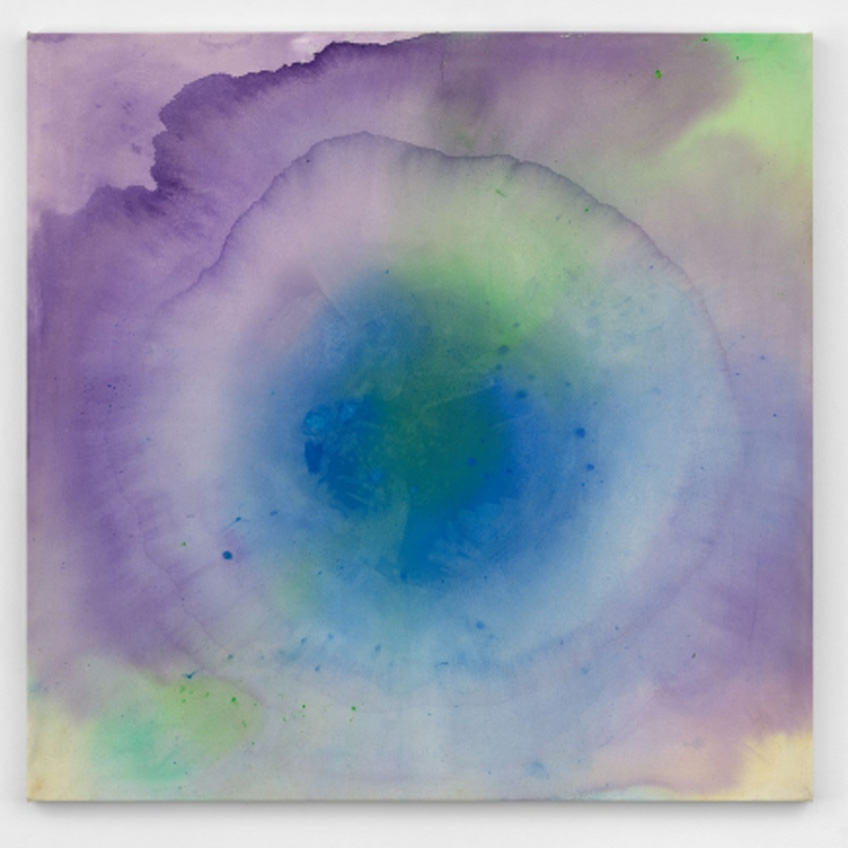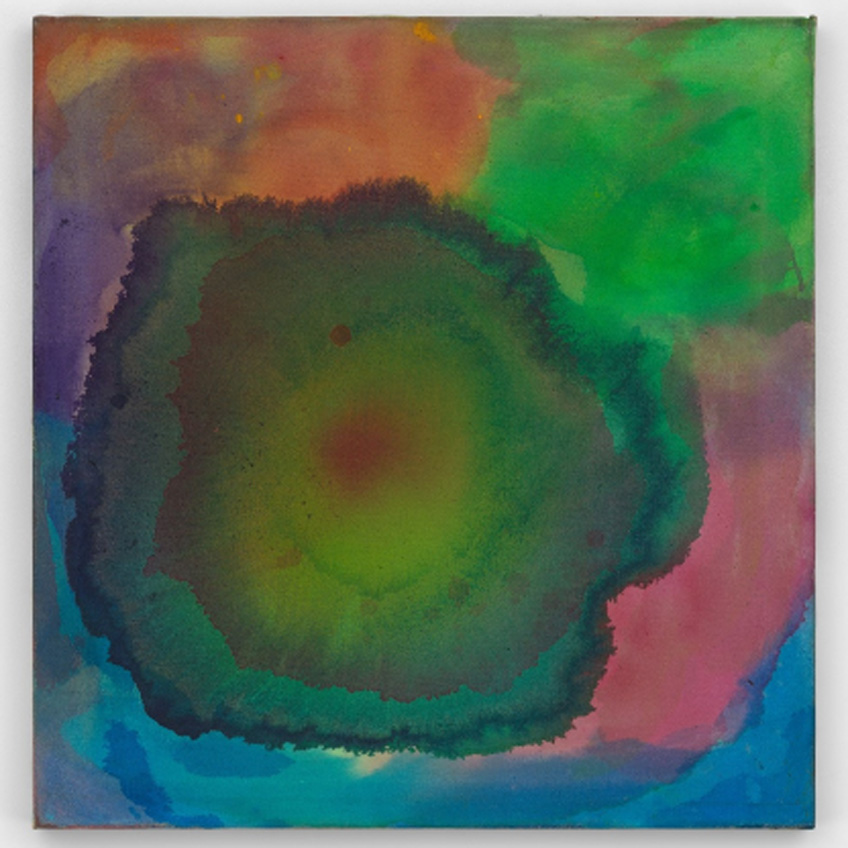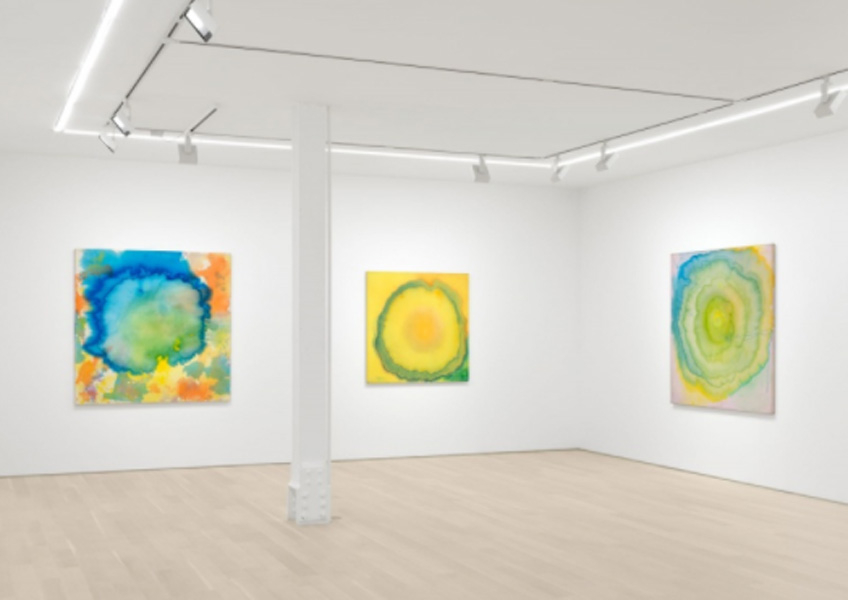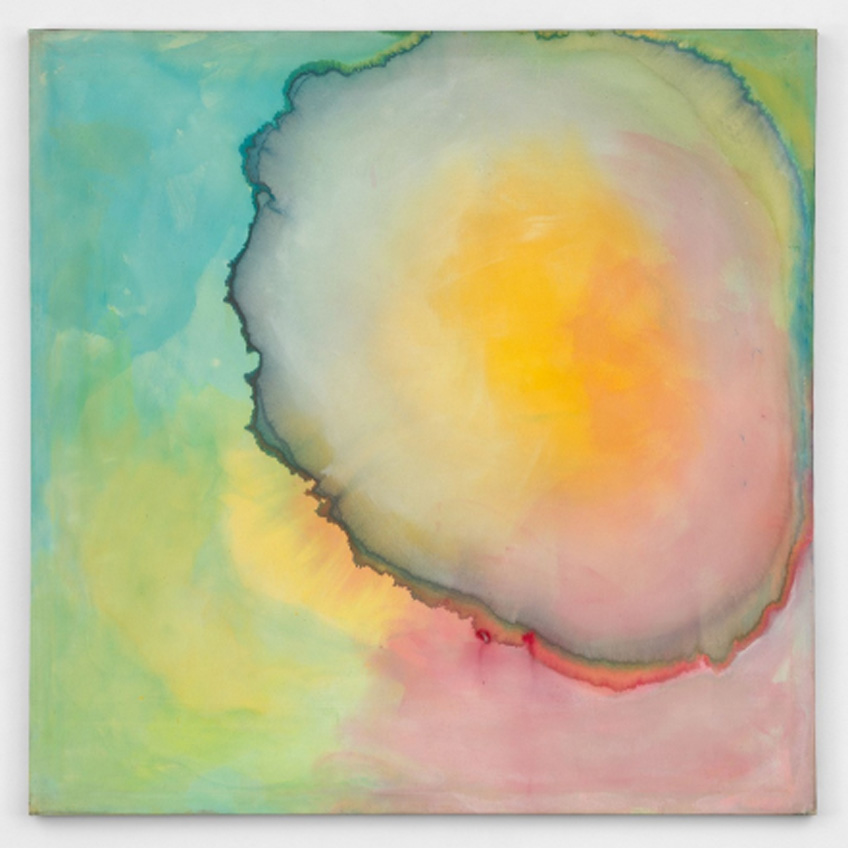New York, 16/11/2020
The rediscovery, more or less in the last five years, of the paintings of Vivian Springford (1913-2003) has meant the incorporation, facing new and not so new audiences, of a new and impressive voice to the (resonant) chorus of the New York School. The daughter of a wealthy executive from this city, she was trained at the elitist Spence School in Manhattan, but instead of making the leap to a prestigious university to study liberal arts, she preferred to go to the Art Students League, aimed at all kinds of students, affordable and alien to the traditional structuring of degree courses.
From that moment on, Springford would not abandon his commitment to creation and to the avant-gardes that were fruitful in Manhattan: at the epicenter of that bohemian-tinged scene, he would constantly develop his career between the fifties and the eighties. Her forays into abstract painting, for which she is renowned today, were relatively late: she was in her forties when her first works inspired by Chinese calligraphy and action painting were exhibited at the Great Jones Gallery in 1960, and by then was found the artist already firmly rooted in a collective attracted to Franz Kline (whom she met and whose work directly influenced her); Sam Francis and the Europeans Pierre Alechinsky and Karel Appel.
In those early days he had approached the dripping, splashing and gestures of Abstract Expressionism, also paying attention, as we said, to Chinese calligraphy, Taoism and Confucianism, and discovered the talent of the Chinese-American painter Walasse Ting, who introduce it into the culture of East Asia. He was attracted, surely and above all, by those lines, the fact that they could not be altered once they were marked; she would also carry out works one-shot: virtuous pieces without further elaboration than the first, not modified or revised.
Springford shunned at all times from taking advantage of his personal fortune to advance his career through contacts, so it was only through his work that he was able to win the admiration of luminaries such as the critic Harold Rosenberg, who facilitated his exhibition at Great Jones. However, only one more important show did he star in the beginning (at the Midtown Preston Gallery in 1963).
Possessing a lively gestural imagery, she was influenced by Helen Frankenthaler and Morris Louis in generating his most original body of work: paintings stained ambitious, of a remarkable large format, that continue to catch the public five decades later (regardless of the mark left on them by macular degeneration that progressively caused their blindness). By the seventies he had consolidated his own vocabulary: he used diluted paint on rough canvases or with subtle priming, introducing lines of color that gave rise to spots and, later, to chromatic floods.

The last stage of Springford’s life was markedly lonely; lived installed in a residential hotel. Much remains to be known about her personality and her artistic practice: she was strikingly a prolific author, but her exhibition history is inexplicably limited; After those two singles of the early sixties, he did not have the support, more or less sustained, of any commercial gallery. She did become an active member of several feminist organizations, with a more or less informal structure, and was part of some group exhibitions, such as “Women in the Arts”, which was presented in 1975 by the Brooklyn Museum (and, now deceased, of “Women in of Abstract Expressionism ”, exhibited at the Denver Art Museum in 2016). In addition, the Washington Color School, directed by Louis and Kenneth Noland, disseminated some of its most used techniques, in relation to the procedures of penetration into the canvas also cultivated, by less sophisticated and complex ways, by Frankenthaler.
He never left New York, but escaped the attention of the artistic sphere until the end. Even when, as early as the 1990s, she befriended the gallery owner Gary Snyder, who supported her, the quality and originality of her works remained hidden from the general public.
I want to find my own little web or pattern of energy that expresses my inner self in terms of rhythmic movement and color.

For The Woman in the Arts Foundation, in 1976, Springford explained that she worked to identify with the universal whole: I want to find my own little web or pattern of energy that expresses my inner self in terms of rhythmic movement and color. The expansive center of the universe, the stars, and nature is my constant challenge in abstract terms.
Almine Rech presents, until next January, the second exhibition dedicated to this author and, in particular, to investigate the enigmas of these paintings stained, with daring shapes that have come to be compared to those of wavy-edged amoebas, in intoxicating tones that refer to the sunset, or those of Easter eggs. There is much more to them than psychedelic tinted: a firm style still awaiting deep critical review. This room, which represents his legacy for a few years, has also published its first monographic catalog.

Vivian Springford
39 East 78th Street
New York
From November 13, 2020 to January 13, 2021
OTHER NEWS ON MASDEARTE:
—
–


